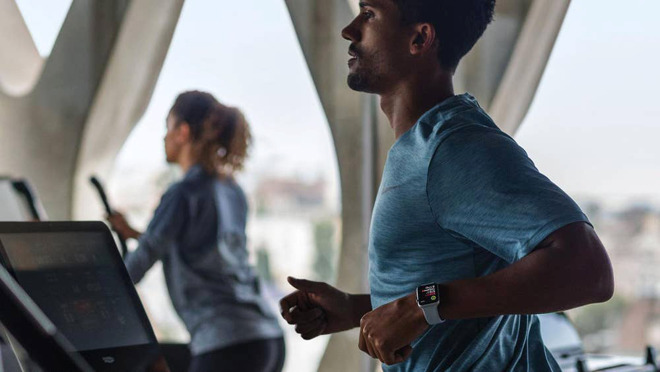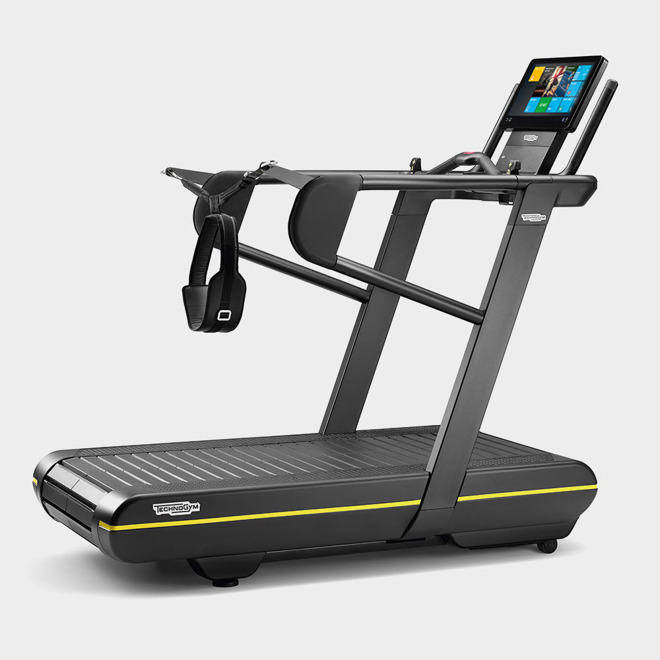You may have heard of Apple's GymKit for the Apple Watch -- but what is it exactly, and how can you actually take advantage?

A primer
First launched alongside watchOS 4.1 in October 2017, GymKit is a platform that enables bidirectional sync between Watches and compatible cardio machines. That might seem redundant, but in practice it's an acknowledgement of the limitations of indoor workout tracking.
The Apple Watch doesn't do that well at tracking pace and distance indoors, for example, since what it normally uses is a combination of GPS and wrist motion. Cardio machines are excellent at that but bad at monitoring heart rate, since they depend on awkward hand rails that people often avoid touching.
GymKit eliminates these pitfalls by combining both sources of data. Before starting a workout, Watch owners pair wirelessly with a machine much as if they were using Apple Pay. Once a session is ended data is kept on the Watch, but wiped from gym equipment.

If your Watch isn't finding anything, you may have to turn on "Detect Gym Equipment" from the My Watch -> Workout menu in the iOS Watch app.
Which machines support GymKit?
Several kinds of cardio equipment support the technology, including treadmills, ellipticals, stair machines, and stationary bikes. Sadly, weight machines are out of the picture for now.

You also won't find GymKit on any (affordable) home equipment, at least not yet. TechnoGym for example supports it on multiple treadmills, but those run upwards of $14,000. That's several times the cost of the Peloton Tread, albeit without any subscription fees.
Confirmed brands so far include:
- Cybex
- Life Fitness
- Matrix
- TechnoGym
- Schwinn
- Star Trac
- StairMaster
- Nautilus/Octane Fitness
So how can I make use of it?
For now you'll probably have to seek out gyms that can afford state-of-the-art equipment. In New York City, for instance, you can find machines at Life Time Athletic at Sky. Toronto's Equinox is a Canadian example, and there are various supporting gyms scattered around Hong Kong, Japan, Singapore, the U.K., and Australia, where the technology made its public debut at Fitness First.